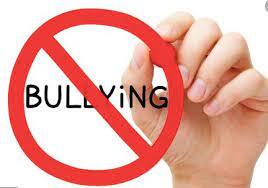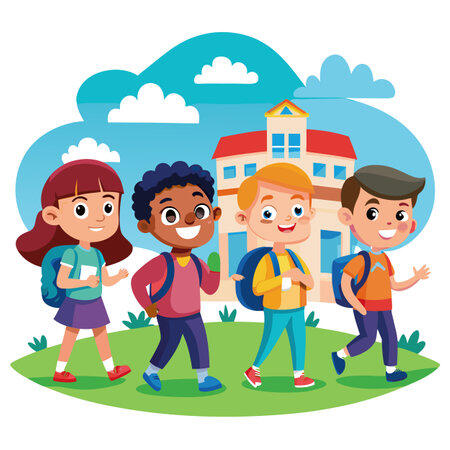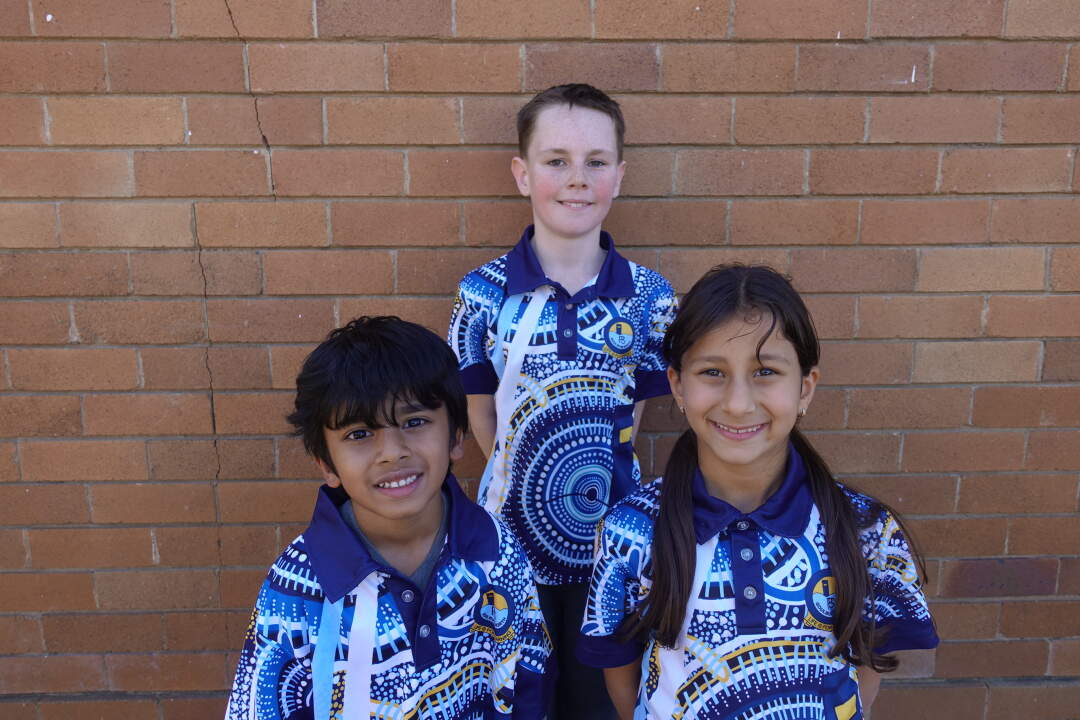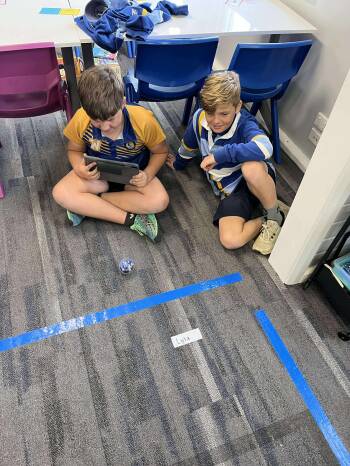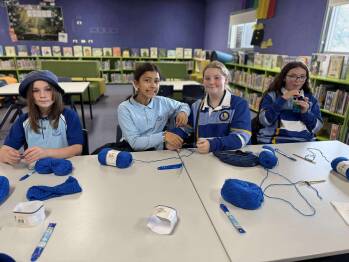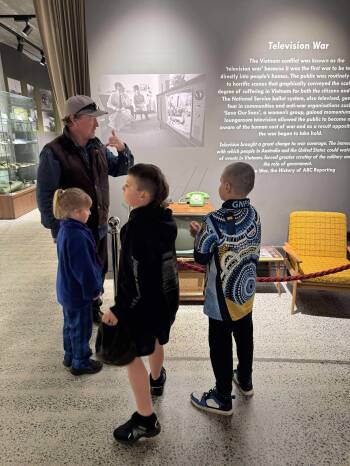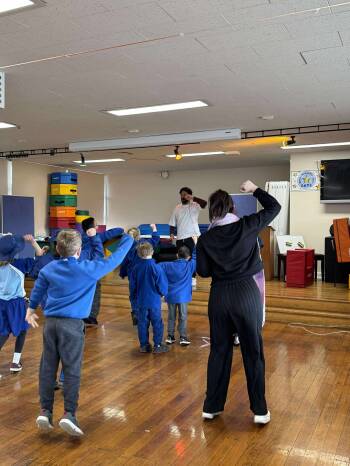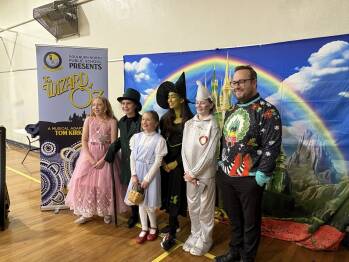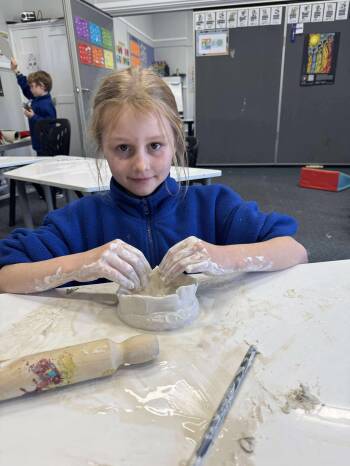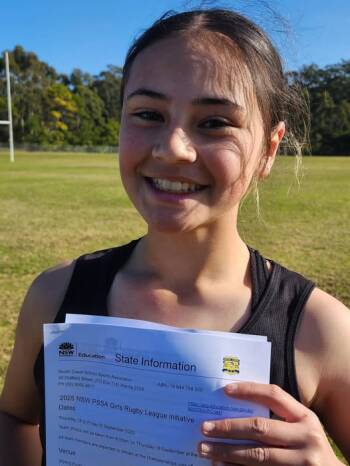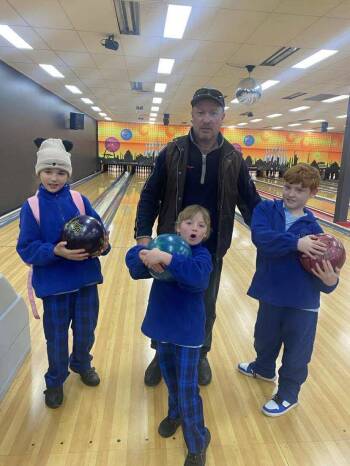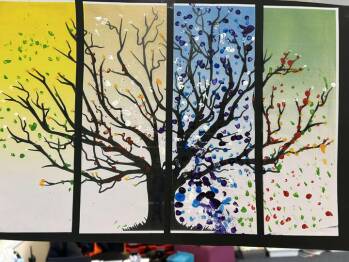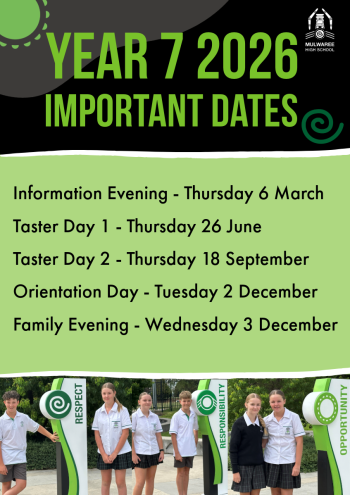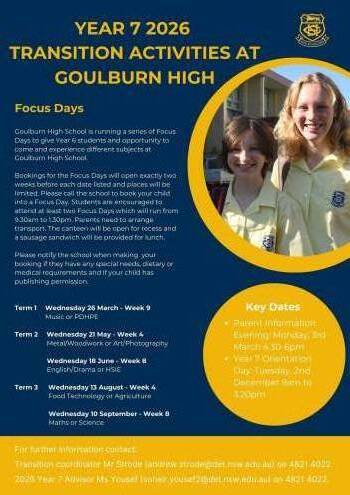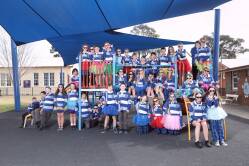As educators and parents, it’s important that we have a clear understanding of what bullying looks like so we can effectively support our students and create a safe, positive learning environment.
What is Bullying?
Bullying is repeated, intentional behaviour that causes harm, distress, or fear to another person. It can take many forms, including:
- Physical bullying: hitting, kicking, pushing, or other physical aggression.
- Verbal bullying: name-calling, teasing, threats, or hurtful comments.
- Social bullying: deliberately excluding someone, spreading rumours, or damaging someone’s social reputation.
- Cyberbullying: using digital devices or platforms to harass, threaten, or humiliate.
Key characteristics of bullying include:
- Repetition: the behaviour happens more than once or has the potential to be ongoing.
- Intent: the behaviour is deliberate, meant to hurt or intimidate.
- Power imbalance: the person bullying has more power in some way (physical strength, social status, or access to embarrassing information).
What is Not Bullying?
Not all unkind or hurtful behaviour is bullying. It’s important to differentiate between bullying and other types of conflict or social interactions:
- One-off incidents: a single argument or fight, while serious, is not bullying if it is not repeated.
- Accidental harm: if a child hurts another by accident or without intention, this is not bullying.
- Mutual conflict: disagreements or fights where both parties are equally involved and there is no ongoing power imbalance.
- Normal social challenges: children sometimes say or do things that are unkind or rude as part of learning social skills; this is not bullying but should still be addressed.
Why Understanding the Difference Matters
Recognising what is and isn’t bullying helps us respond appropriately. Bullying requires clear intervention to stop the behaviour and support those affected. Other conflicts or social mistakes often call for teaching and guidance to help children develop empathy, communication, and problem-solving skills.
As a school community, we are committed to fostering respect, kindness, and safety for all our students. If you have concerns about bullying or any other social issues, please reach out to our staff. Together, we can ensure every child feels valued and secure.

